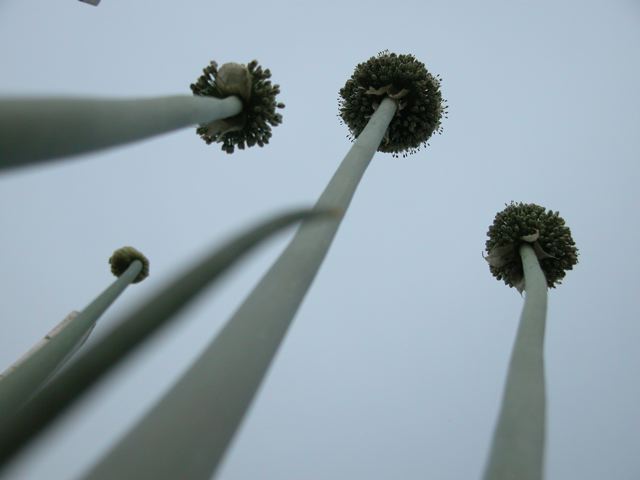
Big bowl of yum
When the days start getting shorter, I notice lots of changes in my habits. I'd like to think that moving to a farm and actually being outside for some period of time every day has tuned me in more to the tilt of the planet, but I think it's more ingrained than that. I think it's biological in nature. Evolutionary biology, to be exact. Bear with me here. As far as I can trace them, my forebears came from either Ireland or France (and many more from the former than the latter). Both of these places see lots less light at this time of year than my little farm does, which, latitude-wise, is as far south as Rome. I have no known biological ties to Russia, but that is where my thoughts go at this time of year.
It is usually in November that I pick up a particularly long book to read, sometimes Russian; this year it's the Oxford imprint (Maude translation) of War and Peace. Maybe it's the early, Doctor Zhivago-inspired visions I had of an icy dacha, but I adore the good long slog in a sledge that a Russian novel reliably provides me at this time of year. It's colder there than here, I tell myself, and darker too. So I tend to put the child to bed and then climb into bed myself, armed with my book, quite early in the evening.
And it is this time of year that, if given the choice, I will always choose a starch over any other food form. Bread, yes, of course; but also potatoes and (xoxoxo) beets, as I love them so. So I read an article like this one with interest: perhaps starch is just something I have been adapted to crave to, uh, tide me over until spring comes again. It's a nice rationalization, really, as I grab my third beet of the week (and these the size of grapefruit).
But think about it. What DID people eat three hundred years ago to sustain them through a long winter? (In places where winter is an issue, that is.) And the answer, reliably, is starch: starch in the forms of roots like rutabagas, turnips, and sugarbeets. And potatoes, that new world wonder.
So bring on the borscht, baby.


5 comments:
This is an absolutely lovely post, El.
Yours in starchy love,
Liz :)
I've been feeling the same way. We've had a lot of pasta, potatoes, yams, beets, squash and rice lately. Part of me says maybe I shouldn't rely so heavily on them right now, and the much bigger part of me says, that's what's available and it's what I want to eat! So, I'm giving in to it and slathering the sour cream on my beets. I've never made borsht, but maybe I should...with lots of sour cream.
El, drop the Maude and get the new Pevear/Volokhonsky translation. It's a new world of Russian. Even Isabelle's reading this one this time in English. teem
Screw Oil Press
:) Glad to be here and learn about this.
A coconut crushing machine is a specialized apparatus designed to efficiently process coconuts for various applications. This mechanical equipment is engineered to break down coconut shells and extract the valuable coconut meat or copra within. Typically featuring strong blades or crushers, the coconut crushing machine ensures a thorough and uniform breakdown of the hard outer shell, facilitating easy access to the nutritious interior. In addition to extracting coconut meat, some advanced machines may also separate coconut water or milk. The coconut crushing machine streamlines the labor-intensive process of manual coconut opening, offering a more efficient and time-saving solution for industries involved in coconut-based product manufacturing or for individuals seeking to extract coconut ingredients at home.
Post a Comment